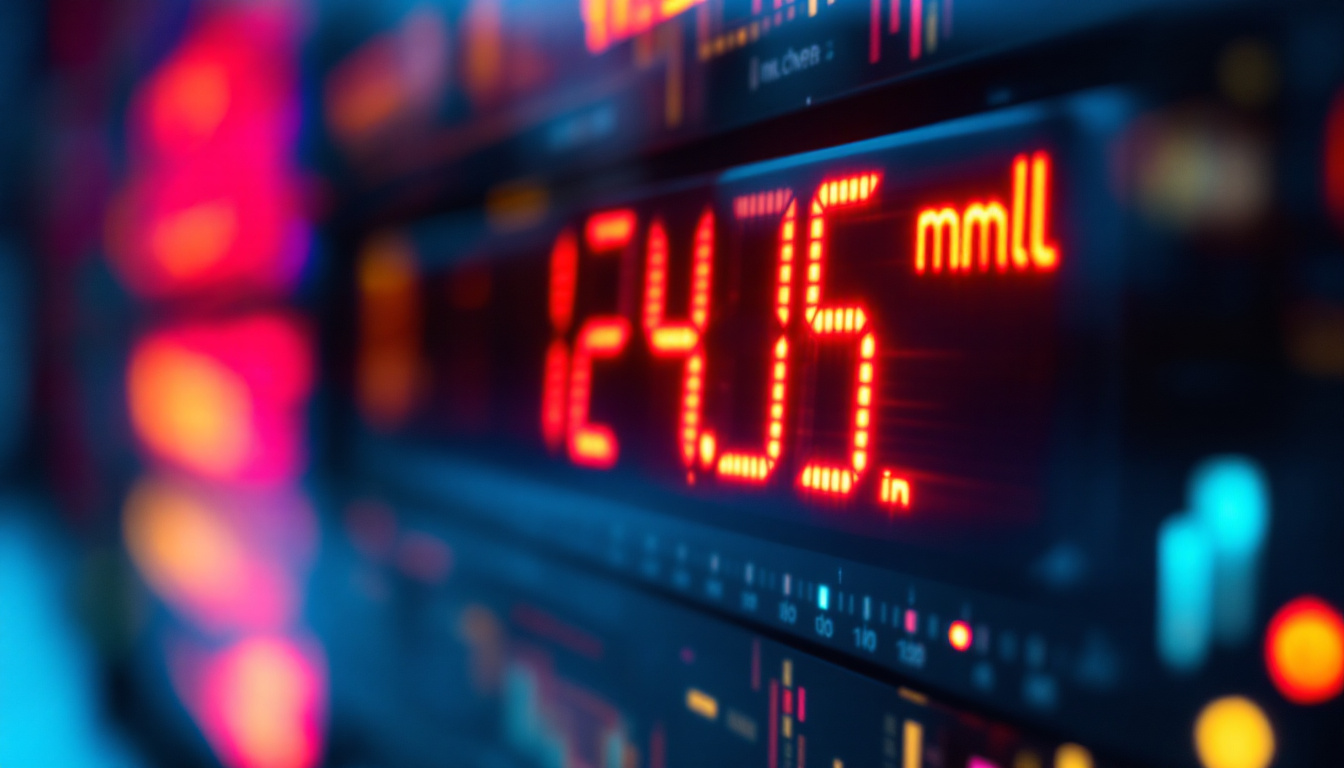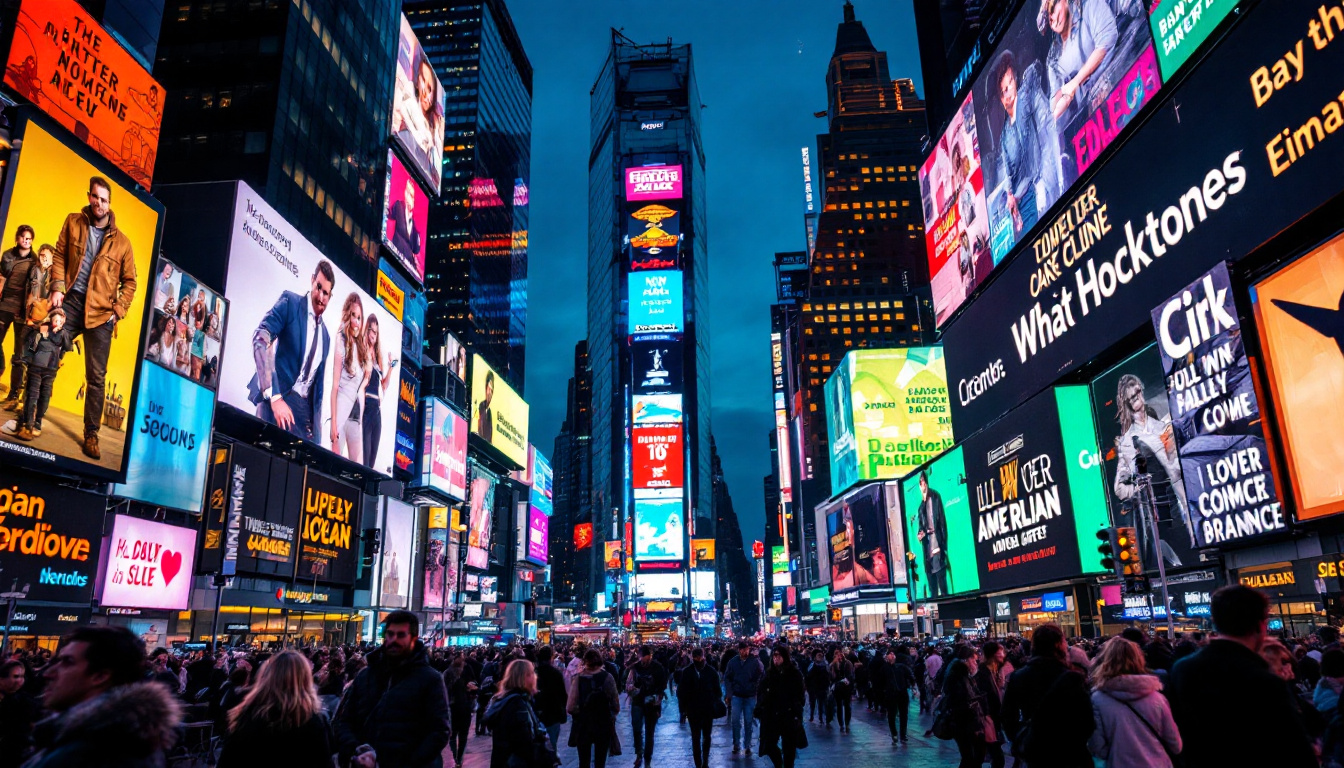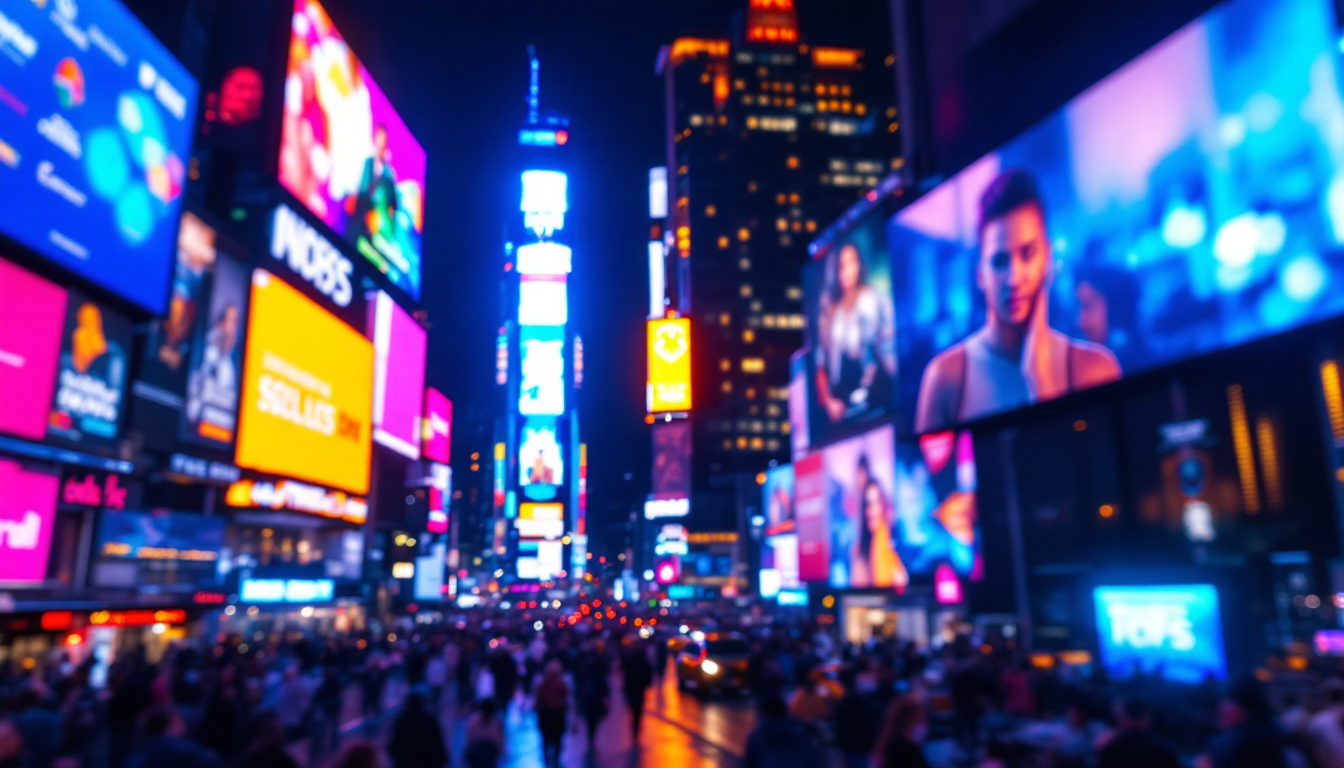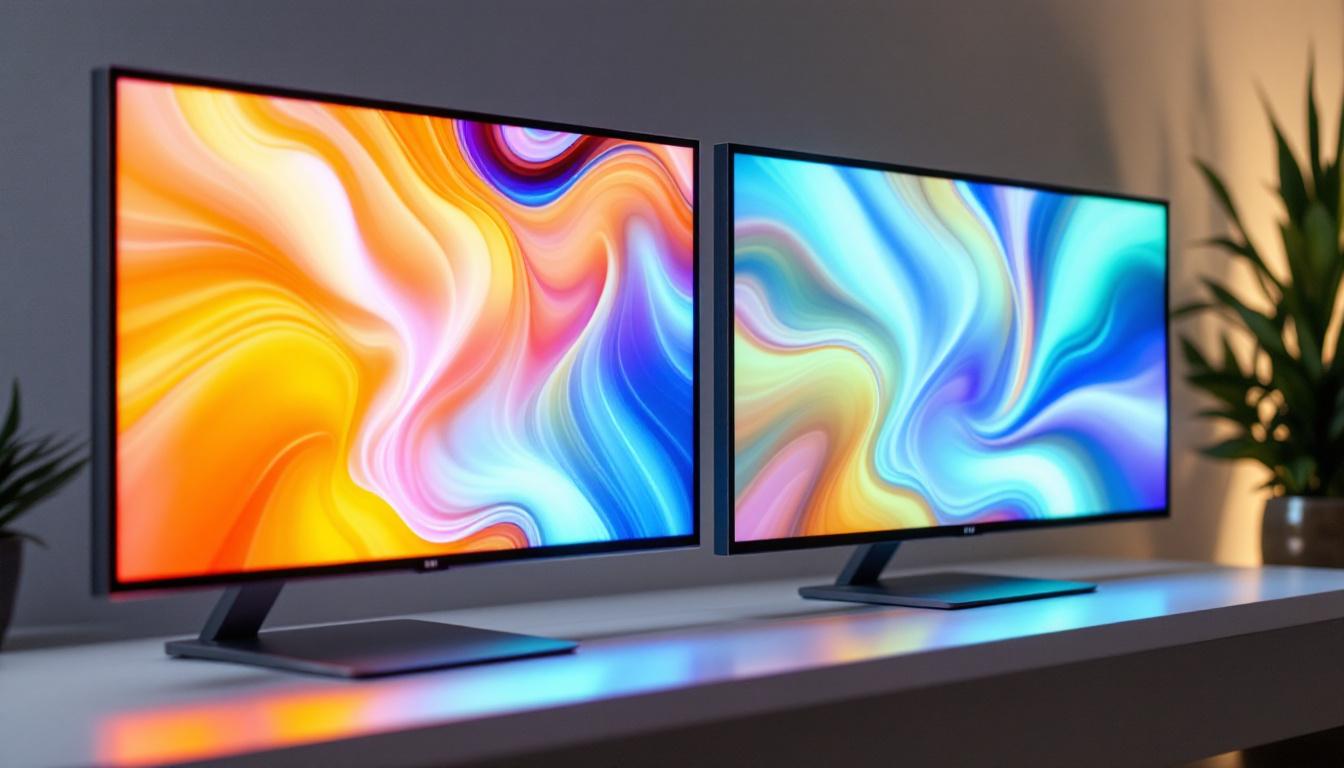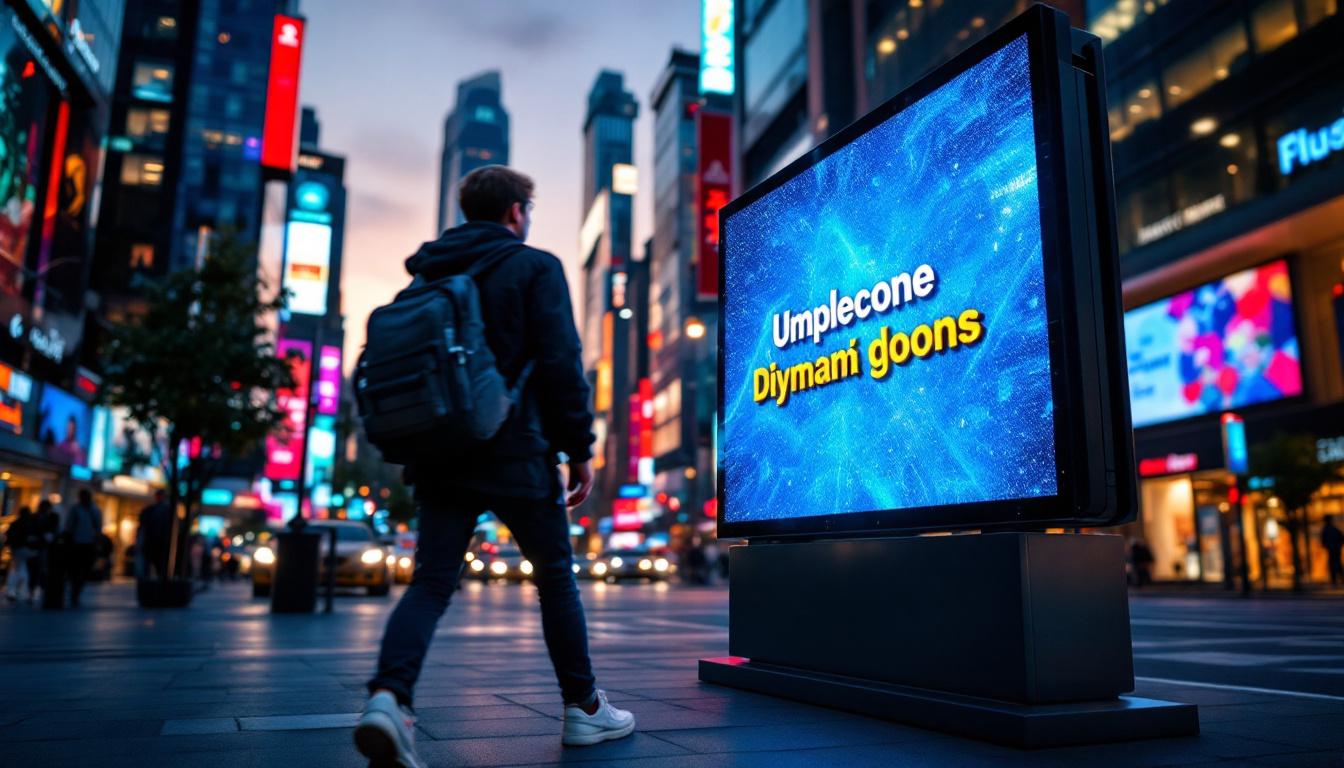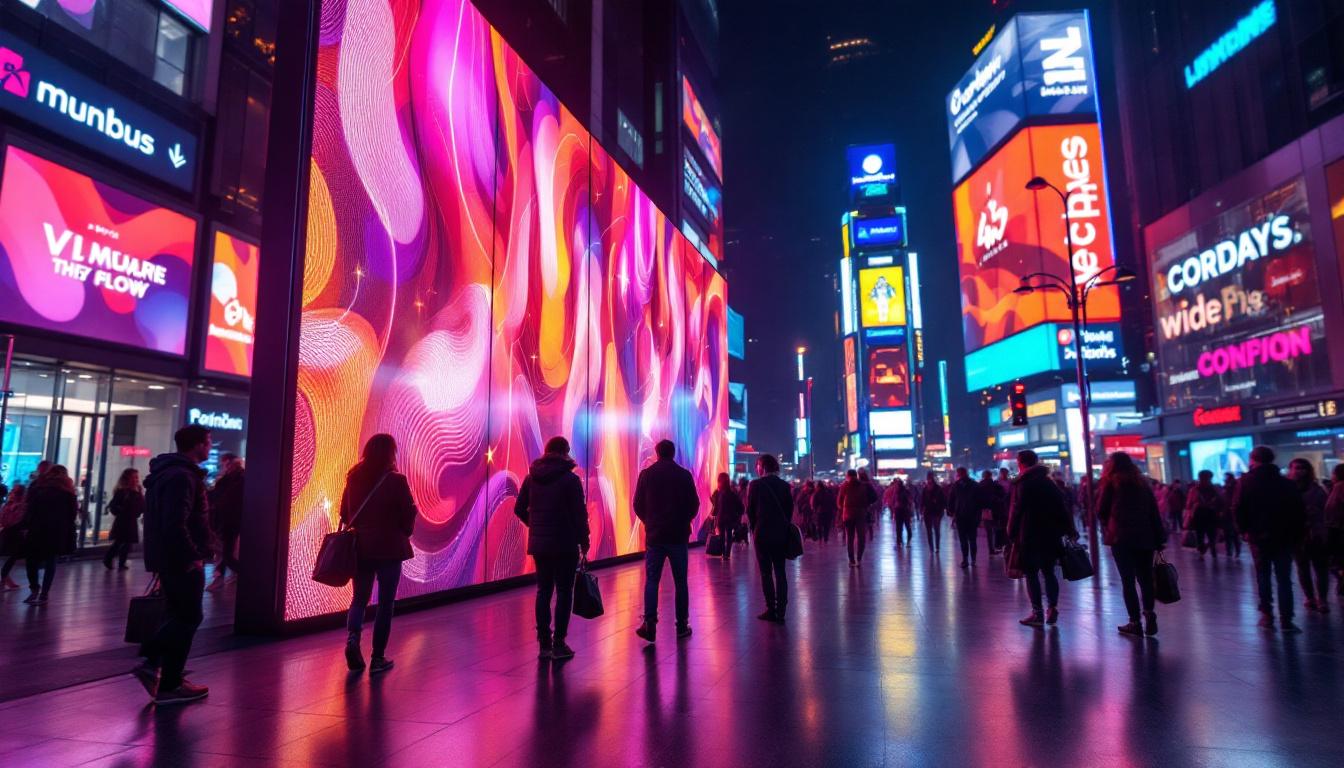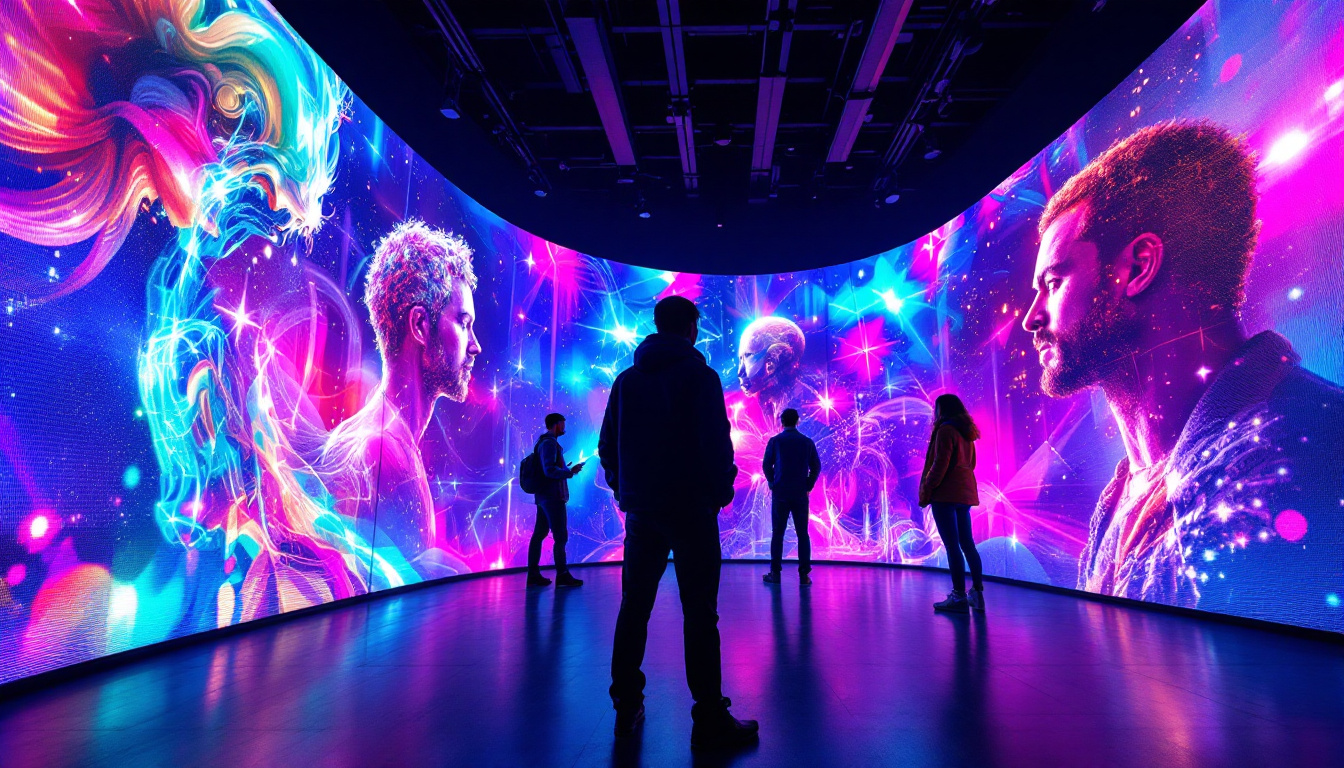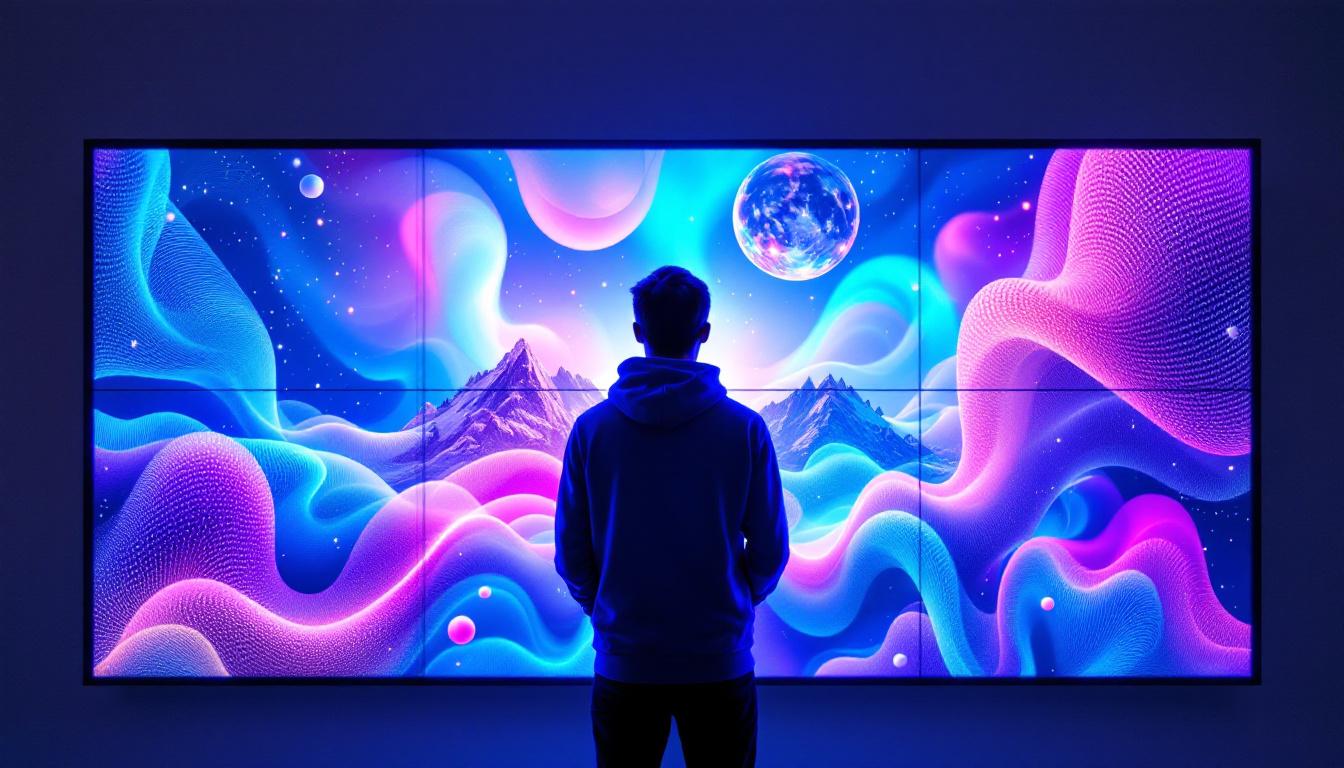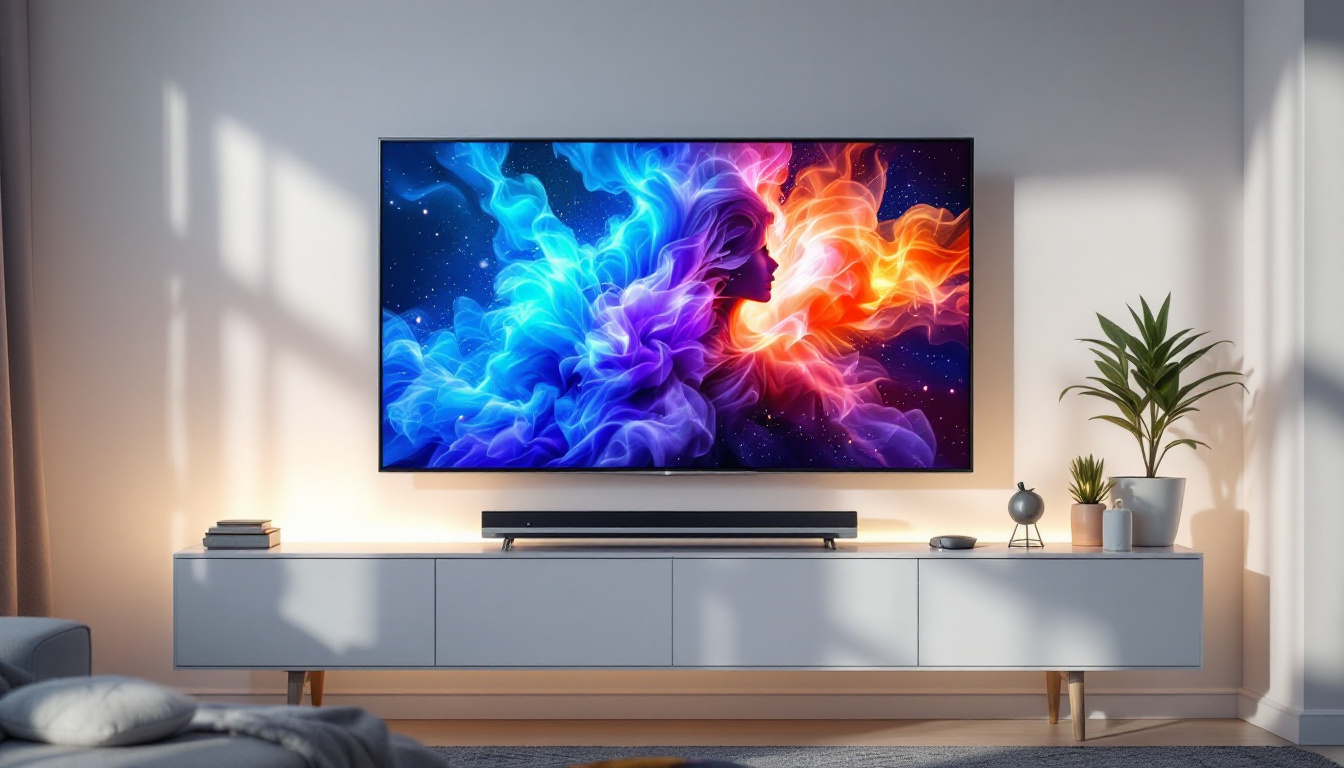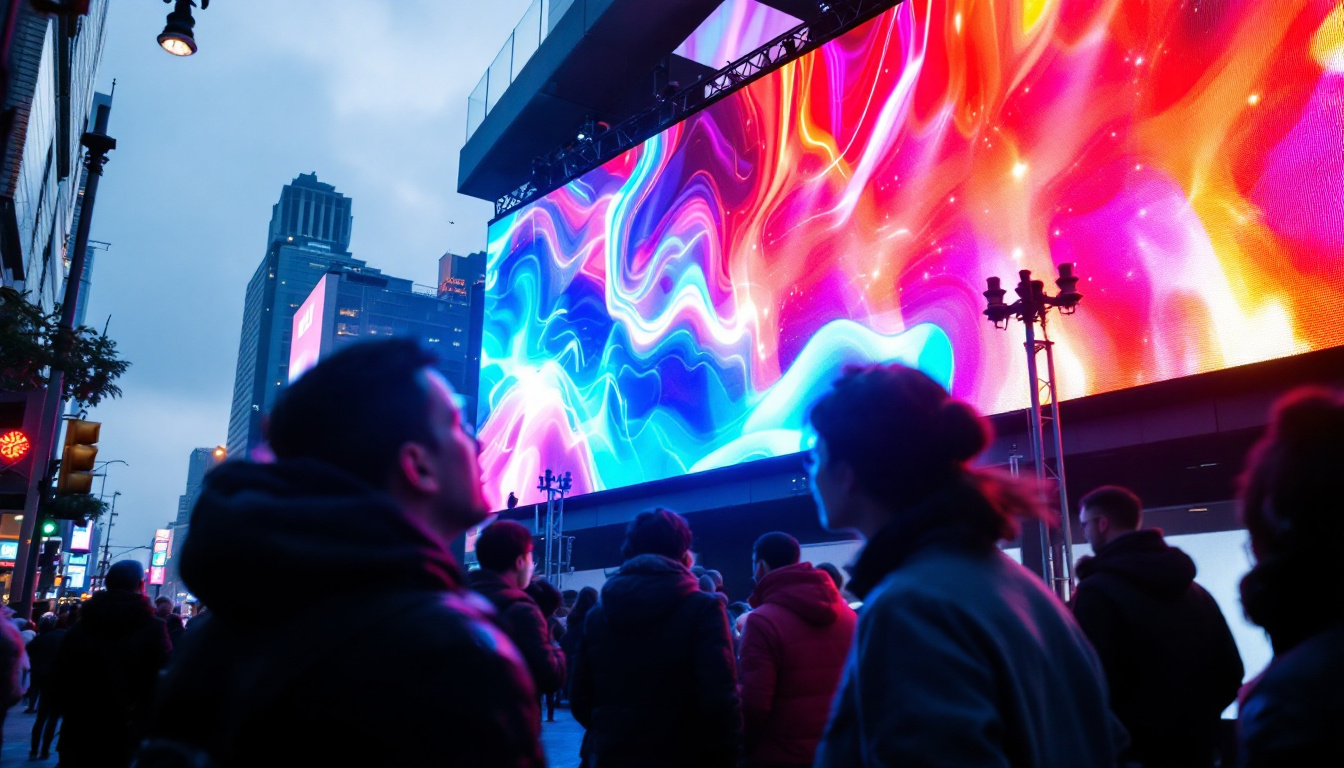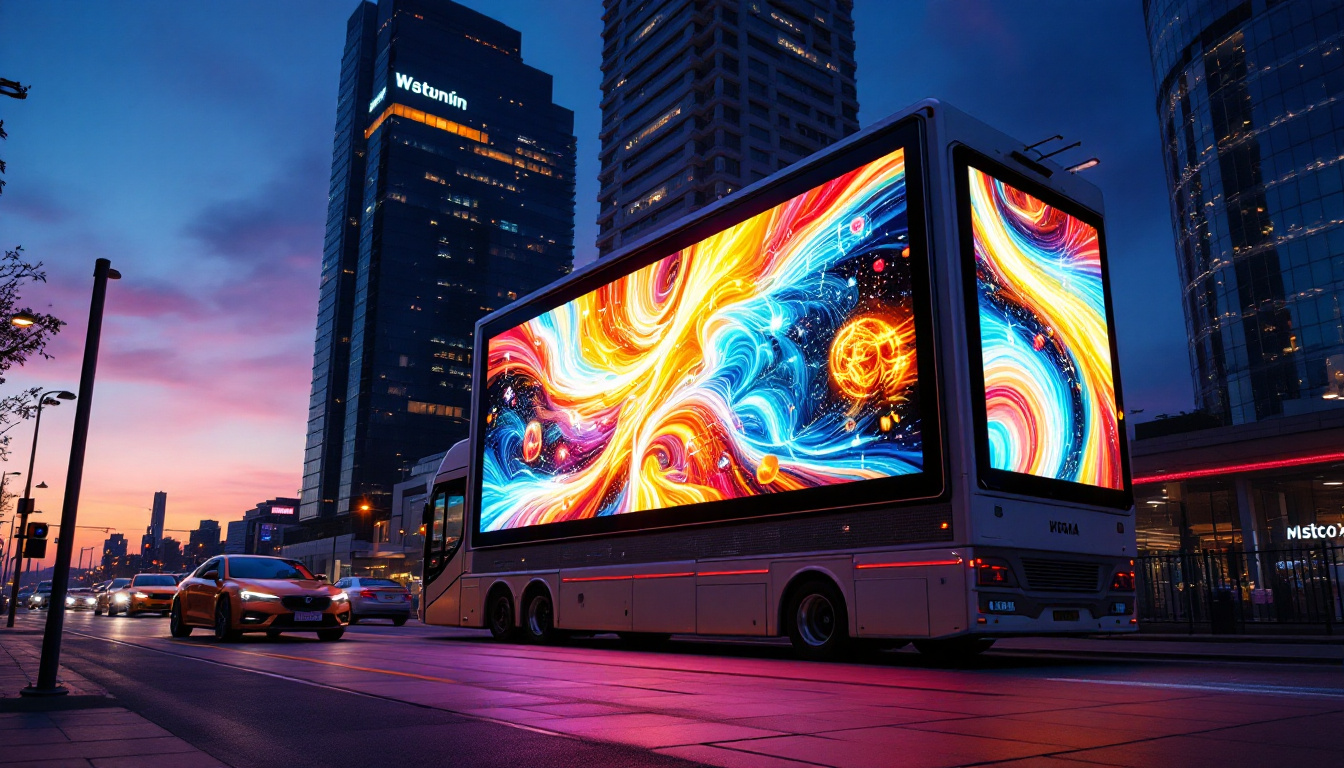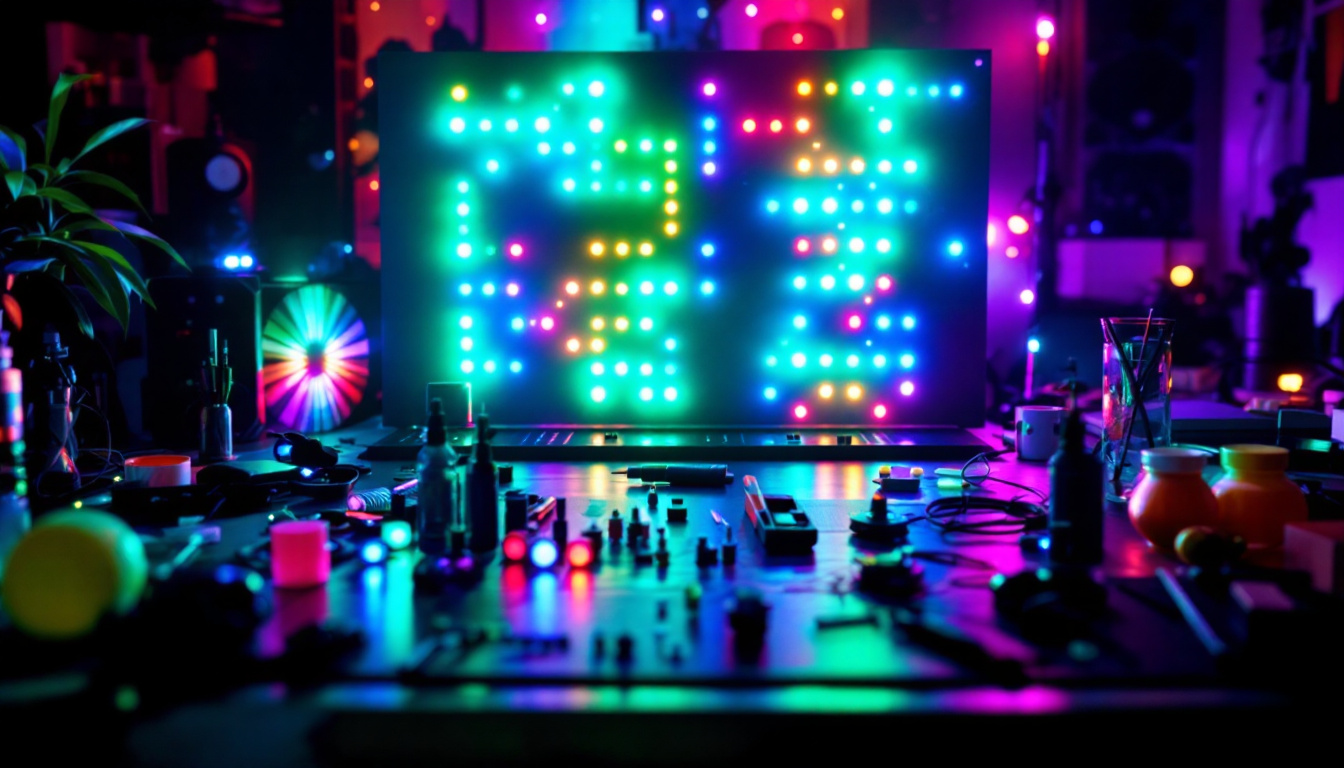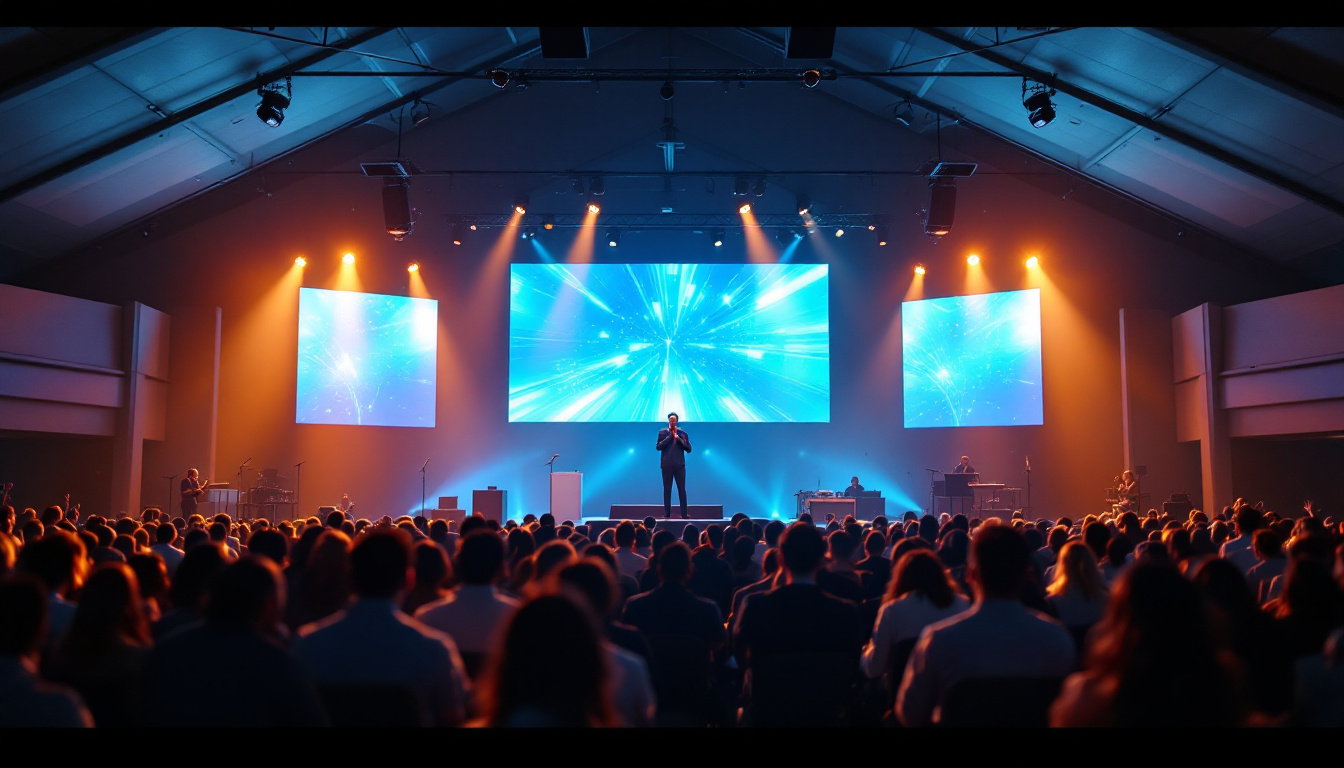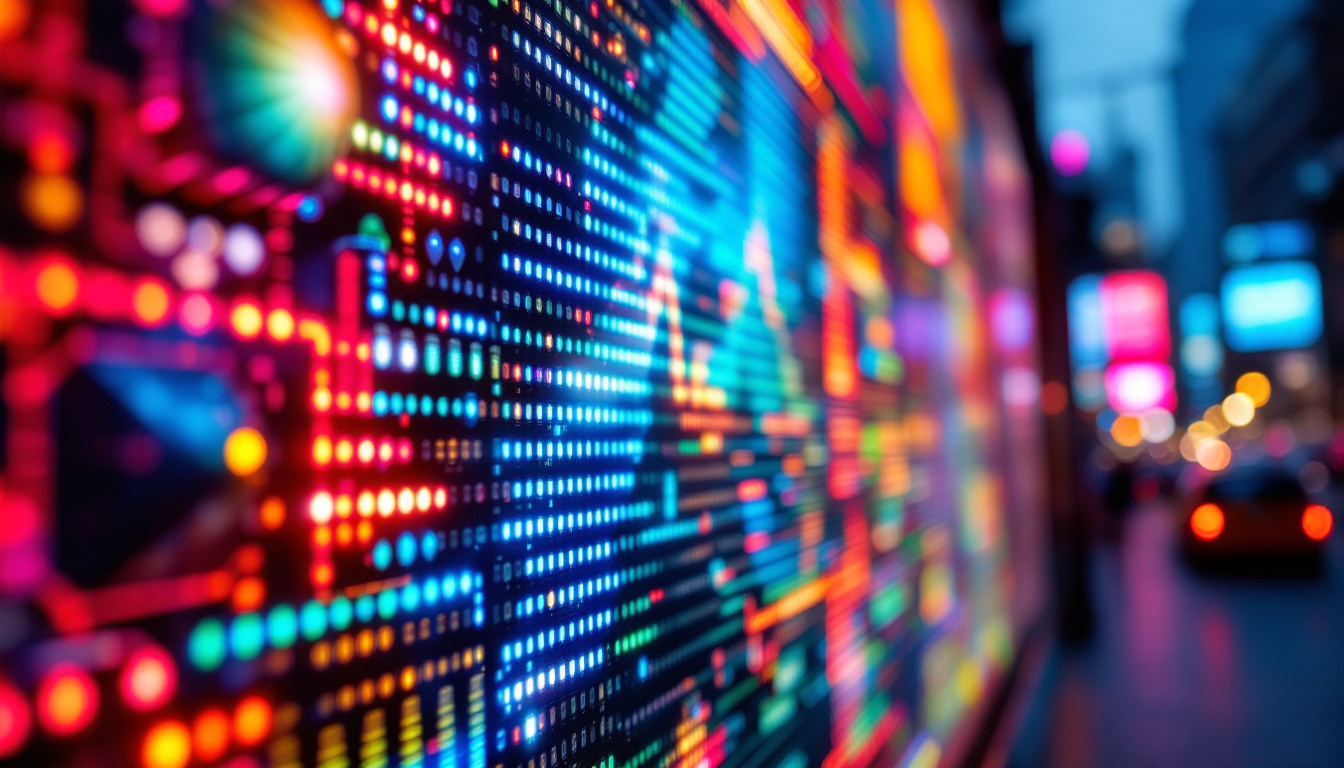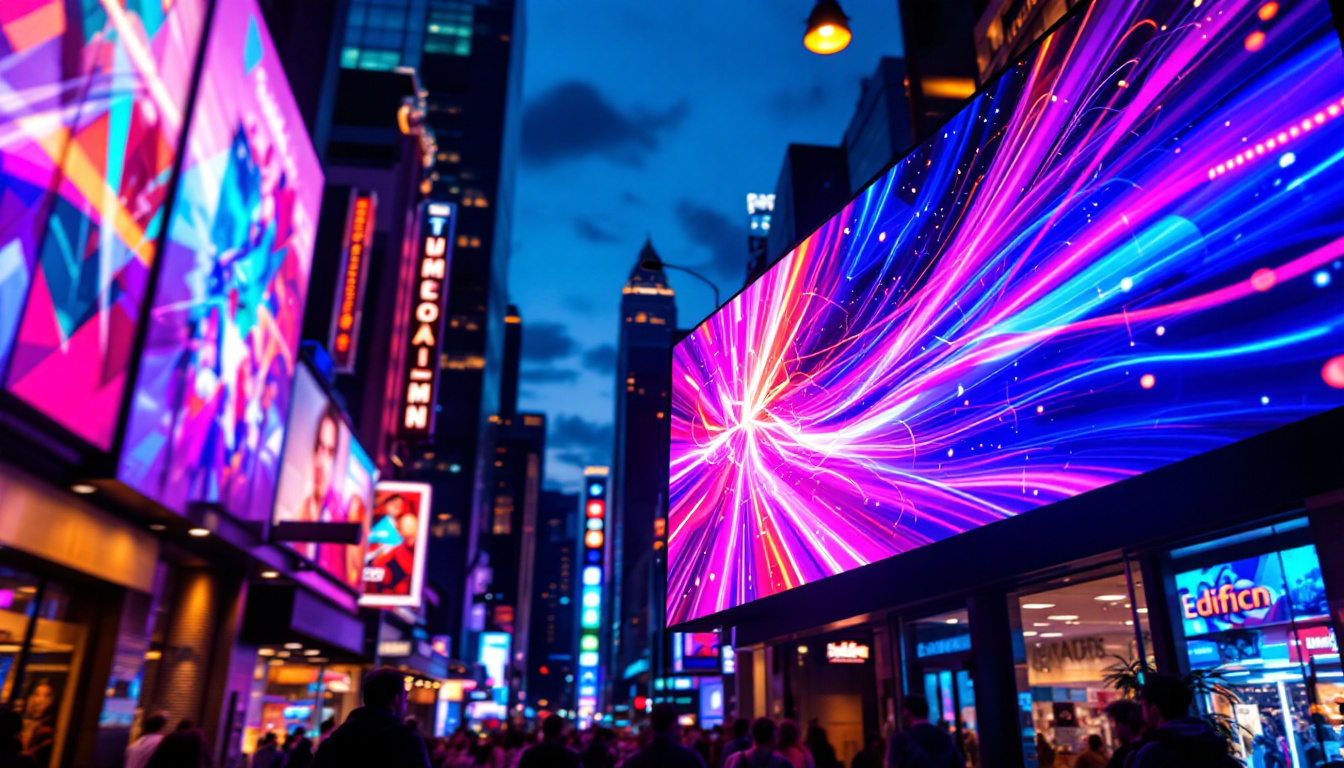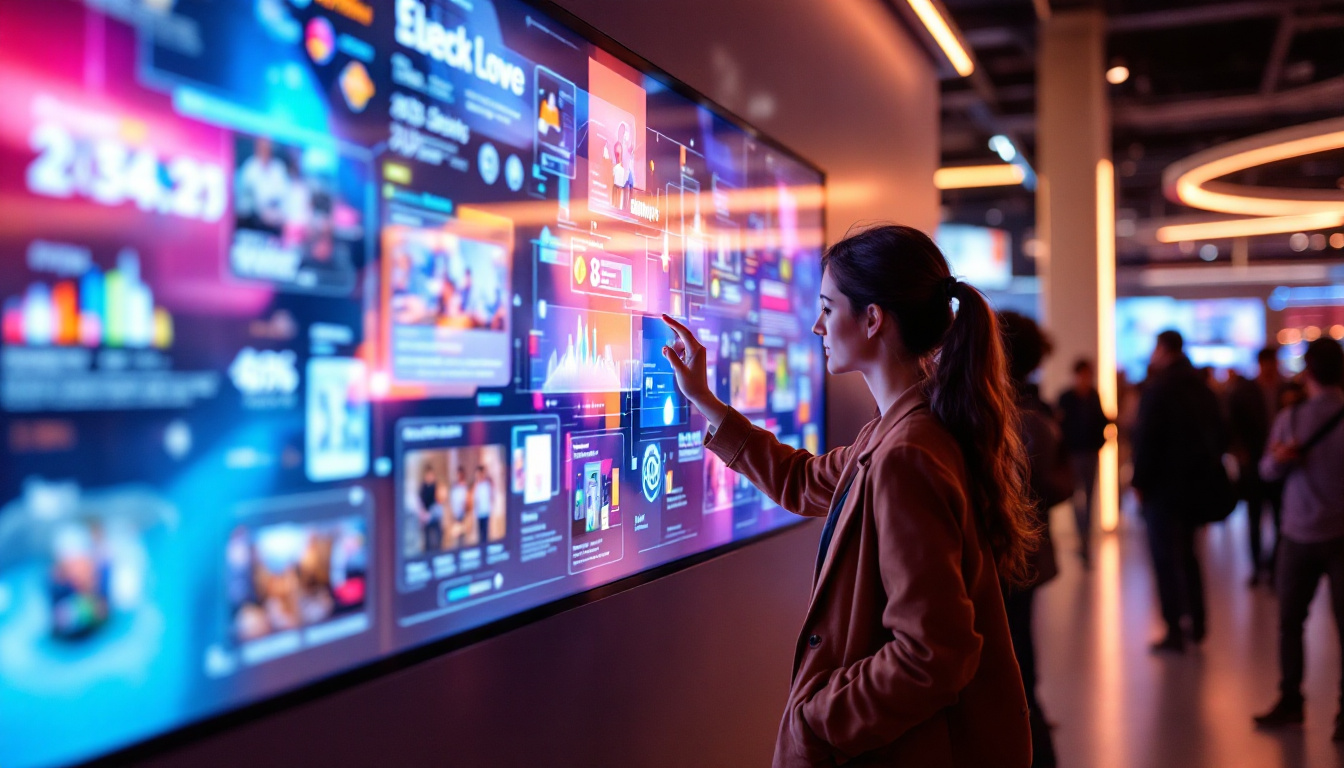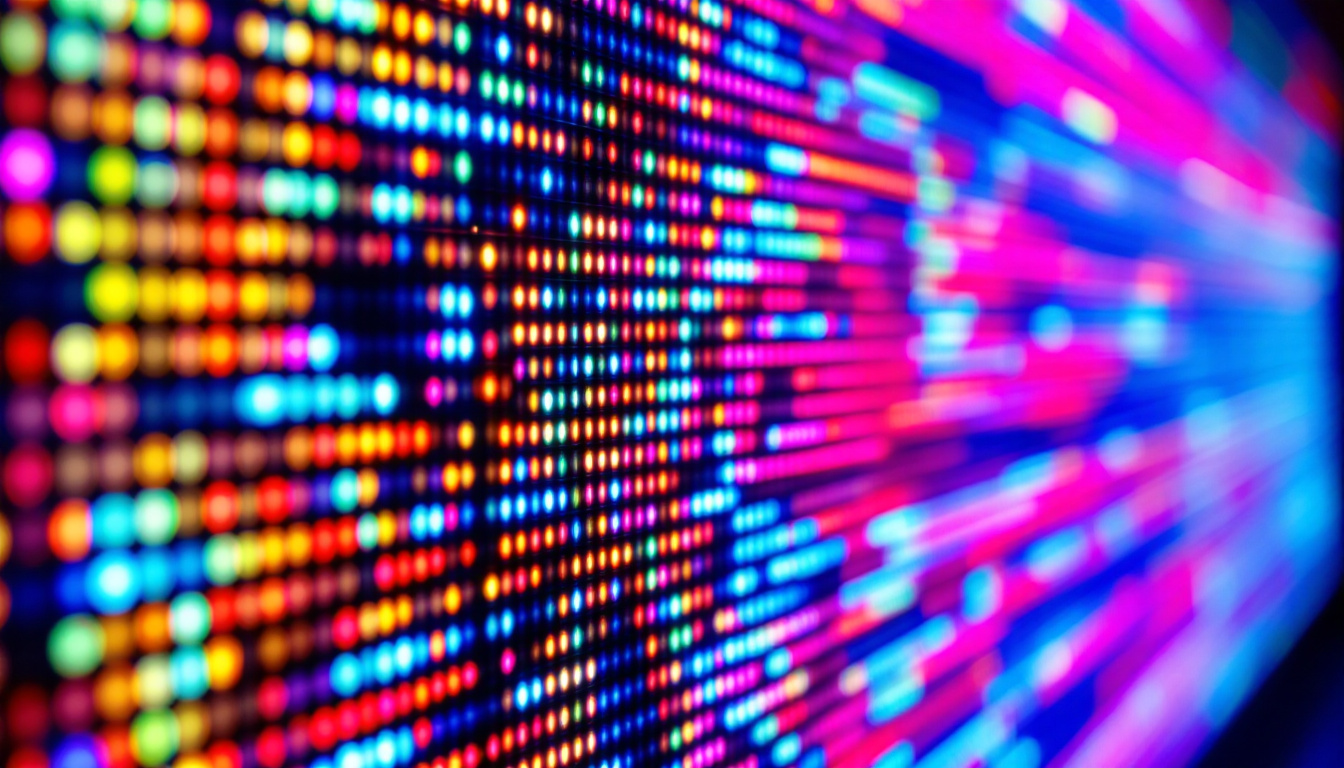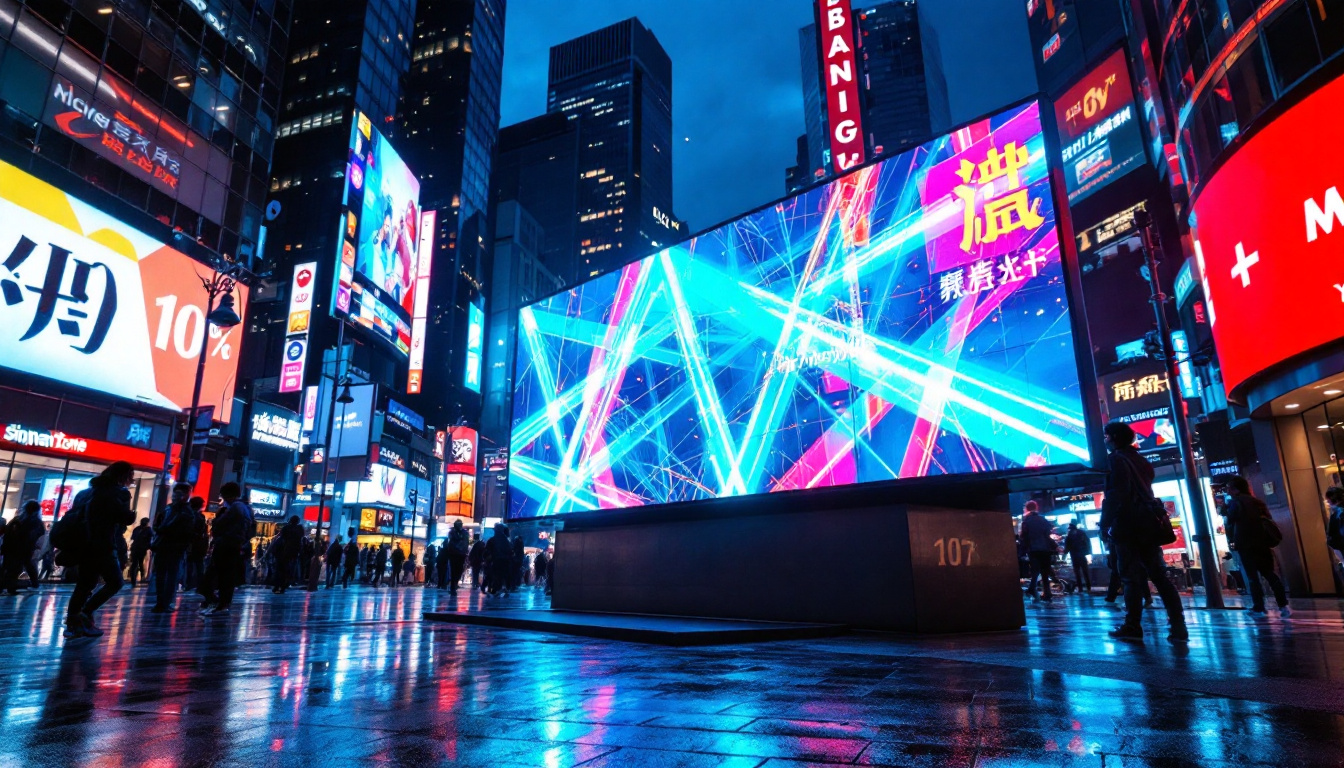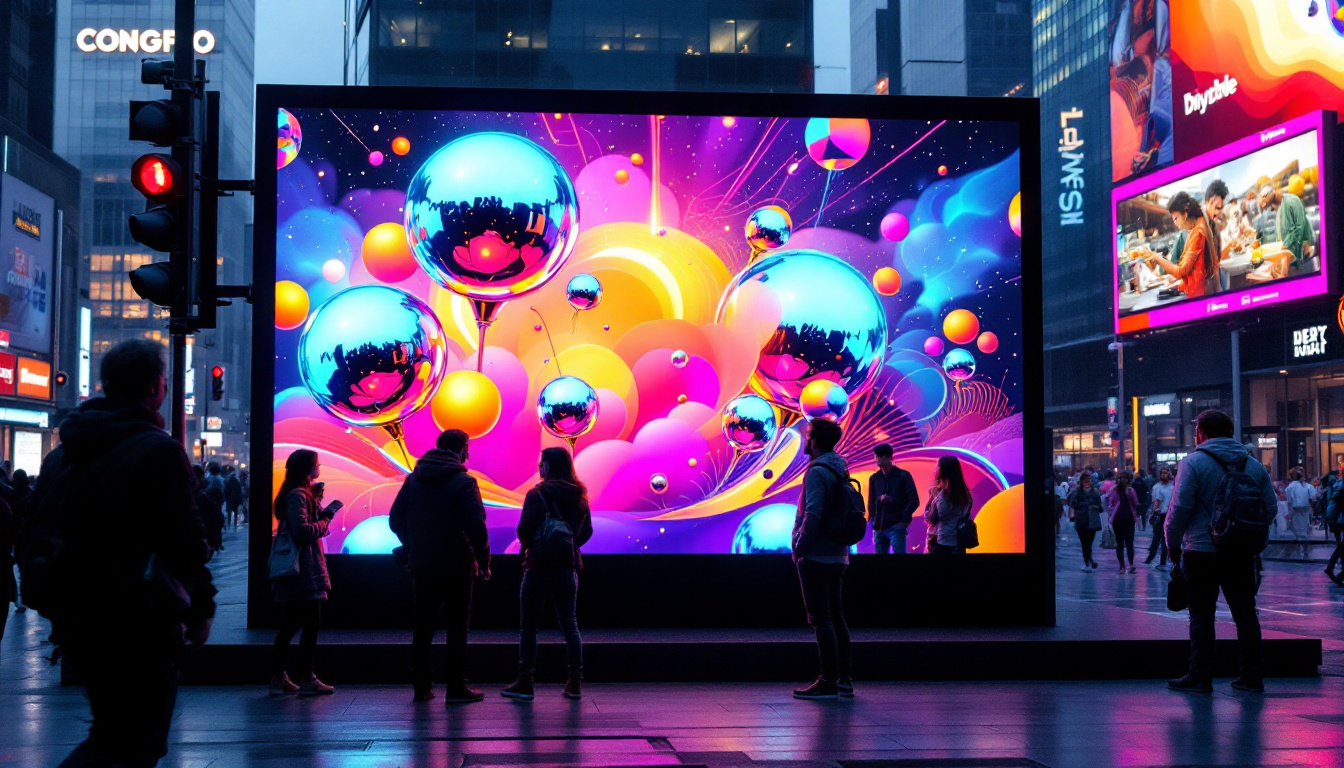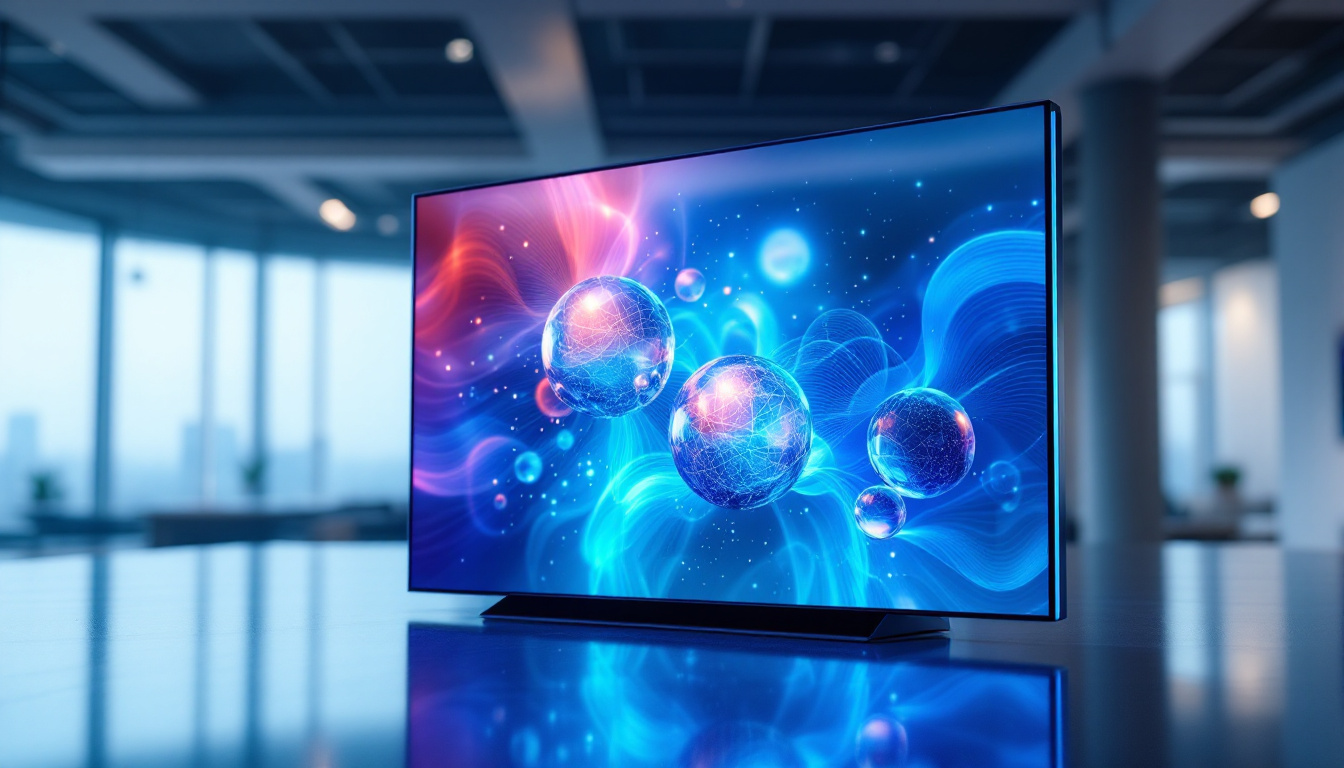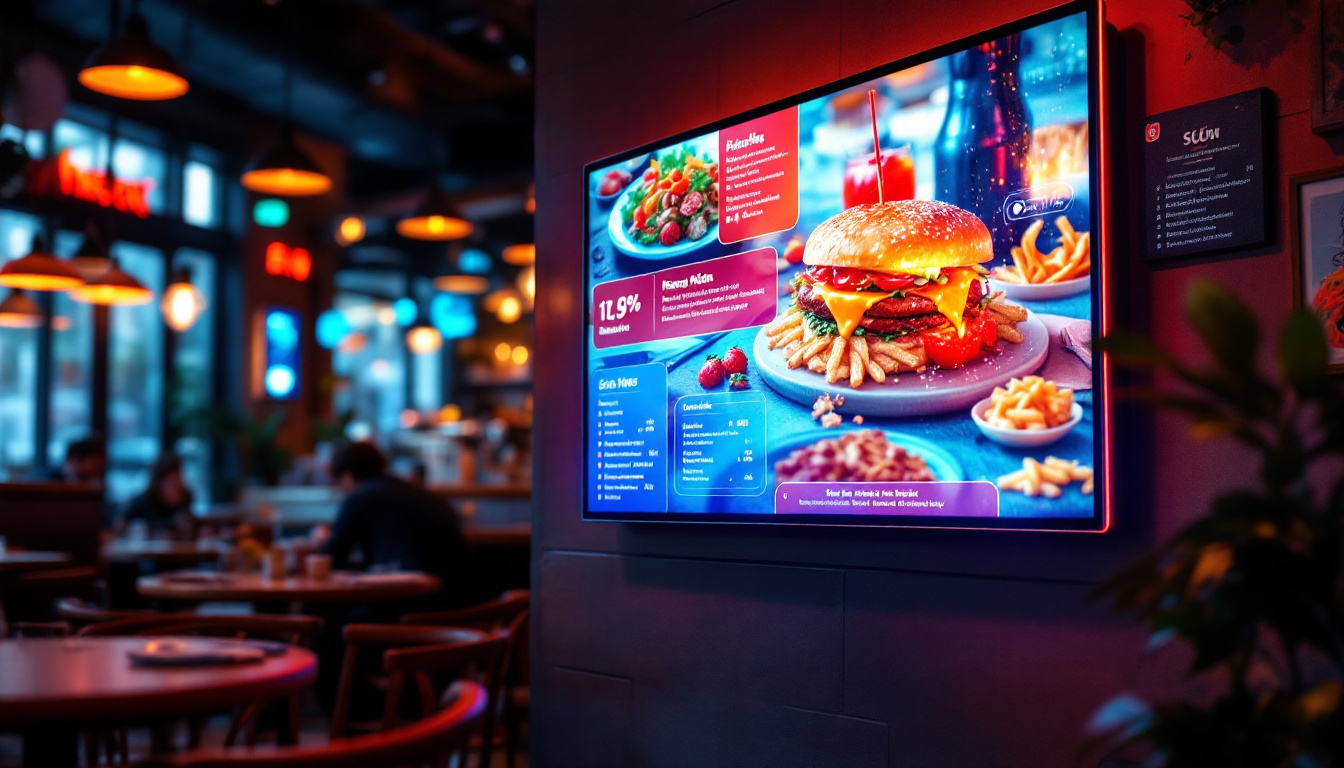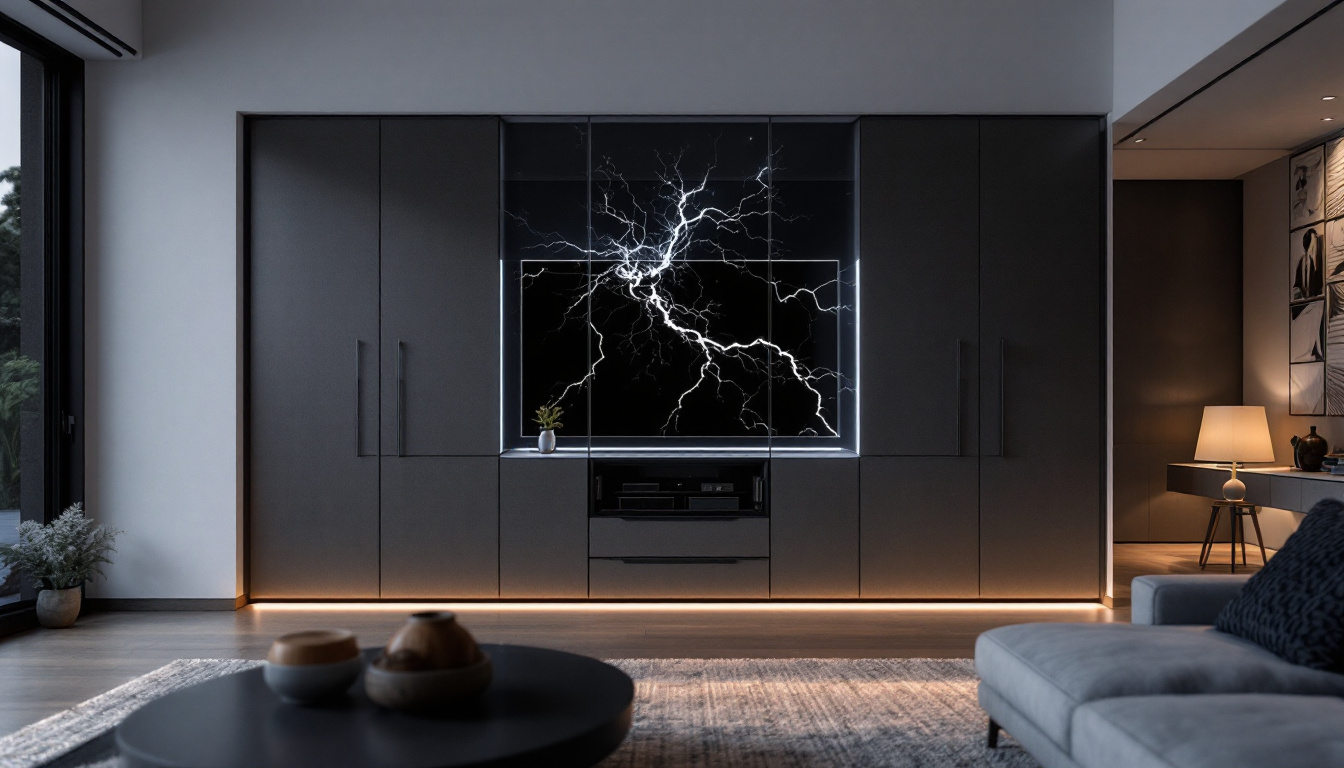In today’s fast-paced world, technology continues to evolve, and one of the most significant advancements has been in display technology. From smartphones to televisions, LED displays have become the standard for visual representation. However, understanding the specifications of these displays, such as size measurements, can be quite confusing. This article will delve into the conversion of 0.7 mm to inches and provide insights into LED displays, their advantages, and their applications.
Understanding Measurement Conversions
Measurement conversions are essential in various fields, including engineering, manufacturing, and design. The metric system, which includes millimeters (mm), is widely used around the world, while the imperial system, which includes inches, is predominantly used in the United States. This can create confusion when specifications are provided in different units. For professionals working in international markets, understanding these conversions can be the difference between a successful project and costly errors. The globalization of trade has made it increasingly important for engineers and designers to be fluent in both systems, ensuring that they can communicate effectively with colleagues and clients across borders.
How to Convert Millimeters to Inches
To convert millimeters to inches, a simple formula can be applied. The conversion factor is that 1 inch is equal to 25.4 mm. Therefore, to convert millimeters to inches, one must divide the millimeter measurement by 25.4. This straightforward calculation is often facilitated by online conversion tools and apps, which can save time and reduce the risk of human error in manual calculations.
For instance, to convert 0.7 mm to inches, the calculation would be:
0.7 mm ÷ 25.4 = 0.0275591 inches
This means that 0.7 mm is approximately 0.0276 inches. Understanding this conversion is crucial, especially when dealing with precise measurements in LED displays. In many cases, engineers must work with tolerances that are measured in fractions of millimeters, making accurate conversions not just beneficial but necessary for the integrity of the final product.
Importance of Accurate Measurements
Accurate measurements are vital in ensuring that components fit together correctly, especially in electronic devices. In the context of LED displays, even a slight discrepancy in size can lead to significant issues in functionality and aesthetics. Therefore, knowing how to convert measurements accurately is essential for designers and engineers alike. A miscalculation can result in components that do not align properly, leading to increased production costs and delays in project timelines.
Moreover, the importance of accurate measurements extends beyond just the immediate project. In industries such as aerospace and automotive, where safety is paramount, even the smallest error can have catastrophic consequences. Engineers must ensure that every measurement is precise, as these dimensions often dictate the performance and reliability of the final product. As technology advances, the tools and techniques for measurement are also evolving, with digital calipers and laser measurement devices providing unprecedented accuracy. This evolution underscores the necessity for professionals to stay updated on the latest measurement technologies and conversion practices to maintain high standards in their work.
LED Displays: An Overview
LED (Light Emitting Diode) displays have revolutionized the way visual information is presented. They are known for their vibrant colors, energy efficiency, and long lifespan. Understanding the key features of LED displays can help consumers make informed decisions when purchasing or utilizing these technologies.
What Are LED Displays?
LED displays are digital screens that use light-emitting diodes to produce images and videos. These displays can be found in various applications, from large outdoor billboards to small screens on electronic devices. The technology behind LED displays allows for high brightness and contrast ratios, making them suitable for various lighting conditions.
There are two main types of LED displays: direct view and backlit. Direct view displays consist of individual LEDs that form the image, while backlit displays use LEDs to illuminate an LCD panel. Each type has its advantages and is chosen based on the specific needs of the application.
Advantages of LED Displays
LED displays offer numerous benefits that make them a popular choice for both commercial and residential use. Some of the key advantages include:
- Energy Efficiency: LED displays consume significantly less power compared to traditional display technologies, such as LCD and CRT.
- Longevity: With a lifespan of up to 100,000 hours, LED displays require less frequent replacements, reducing overall costs.
- Brightness and Clarity: LED displays provide superior brightness and clarity, making them ideal for outdoor and high-ambient-light environments.
- Thin and Lightweight: The compact design of LED displays allows for easy installation and integration into various environments.
Applications of LED Displays
LED displays are versatile and can be found in a wide range of applications. Their adaptability makes them suitable for various industries, including advertising, entertainment, and information dissemination.
Advertising and Marketing
One of the most common uses of LED displays is in advertising. Billboards and digital signage utilize LED technology to attract attention and convey messages effectively. The ability to change content quickly and remotely makes LED displays an attractive option for marketers.
Moreover, the vibrant colors and high resolution of LED displays enhance the visual appeal of advertisements, leading to increased engagement from potential customers.
Entertainment and Events
In the entertainment industry, LED displays play a crucial role in concerts, festivals, and sporting events. Large LED screens are often used to display live feeds, advertisements, and visual effects, enhancing the overall experience for attendees.
Additionally, LED technology is employed in stage designs, allowing for dynamic lighting and visual effects that can transform performances and create immersive environments.
Information Dissemination
LED displays are also widely used for information dissemination in public spaces. Train stations, airports, and shopping malls utilize LED screens to provide real-time information, such as arrival and departure times, wayfinding, and promotional content.
The clarity and visibility of LED displays ensure that information is easily accessible to the public, contributing to efficient communication in busy environments.
Choosing the Right LED Display
When selecting an LED display, several factors should be considered to ensure that the chosen display meets the specific needs of the application. Understanding these factors can help in making an informed decision.
Resolution and Pixel Pitch
The resolution of an LED display refers to the number of pixels it contains, which directly affects the clarity of the images produced. Pixel pitch, on the other hand, is the distance between the centers of two adjacent pixels. A smaller pixel pitch indicates a higher resolution, which is essential for applications requiring detailed images.
For instance, a display with a pixel pitch of 2 mm will provide a sharper image than one with a pixel pitch of 10 mm. Therefore, determining the optimal resolution and pixel pitch based on viewing distance and application is crucial.
Brightness and Contrast Ratio
Brightness is measured in nits, and it indicates how much light the display emits. A higher brightness level is necessary for outdoor displays or environments with high ambient light. Contrast ratio, which compares the brightness of the brightest white to the darkest black, also plays a significant role in image quality.
When choosing an LED display, it is essential to consider the brightness and contrast ratio to ensure that the display performs well in its intended environment.
Durability and Weather Resistance
For outdoor applications, the durability and weather resistance of LED displays are critical factors. Displays should be designed to withstand various environmental conditions, including rain, snow, and extreme temperatures. Look for displays with IP (Ingress Protection) ratings that indicate their resistance to dust and water.
Choosing a robust and weather-resistant display ensures longevity and reduces maintenance costs over time.
Future Trends in LED Display Technology
The LED display industry is continuously evolving, with new technologies and trends emerging regularly. Staying informed about these trends can help businesses and consumers make better decisions regarding display technology.
MicroLED Technology
MicroLED technology represents a significant advancement in display technology. It involves the use of microscopic LEDs to create displays with exceptional brightness, contrast, and color accuracy. MicroLED displays are also more energy-efficient and have a longer lifespan compared to traditional LED displays.
This technology is expected to revolutionize the market, especially in applications requiring ultra-high-definition displays, such as virtual reality and augmented reality.
Flexible and Transparent Displays
Another exciting trend is the development of flexible and transparent LED displays. These displays can be bent or shaped to fit various surfaces, opening new possibilities for design and application. Transparent displays can be integrated into windows and storefronts, allowing for advertising without obstructing visibility.
As these technologies mature, they are likely to find applications in architecture, automotive, and consumer electronics, further expanding the possibilities of LED displays.
Smart Displays
The integration of smart technology into LED displays is also on the rise. Smart displays can connect to the internet and utilize data analytics to deliver personalized content based on audience behavior and preferences. This capability enhances the effectiveness of advertising and information dissemination.
As the Internet of Things (IoT) continues to grow, smart LED displays will likely become more prevalent in various sectors, providing dynamic and interactive experiences for users.
Conclusion
Understanding the conversion of measurements, such as 0.7 mm to inches, is crucial in the context of LED displays. As technology continues to advance, LED displays remain at the forefront, offering vibrant visuals and energy efficiency across various applications. By considering factors such as resolution, brightness, and durability, consumers can make informed decisions when selecting the right LED display for their needs.
As new trends and technologies emerge, the future of LED displays looks promising, paving the way for innovative applications that will enhance visual communication in our daily lives.
Discover LumenMatrix LED Display Solutions
Ready to experience the future of visual communication? LumenMatrix is at the forefront of LED display technology, offering a wide array of innovative solutions that bring your brand to life. From Indoor and Outdoor LED Wall Displays to specialized options like Vehicle, Sports, and Floor LED Displays, our products are designed to captivate and engage. Embrace the power of cutting-edge LED displays and transform your visual presence with LumenMatrix. Check out LumenMatrix LED Display Solutions today and see the difference for yourself.

